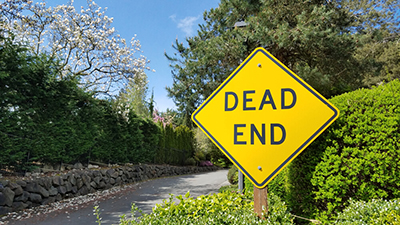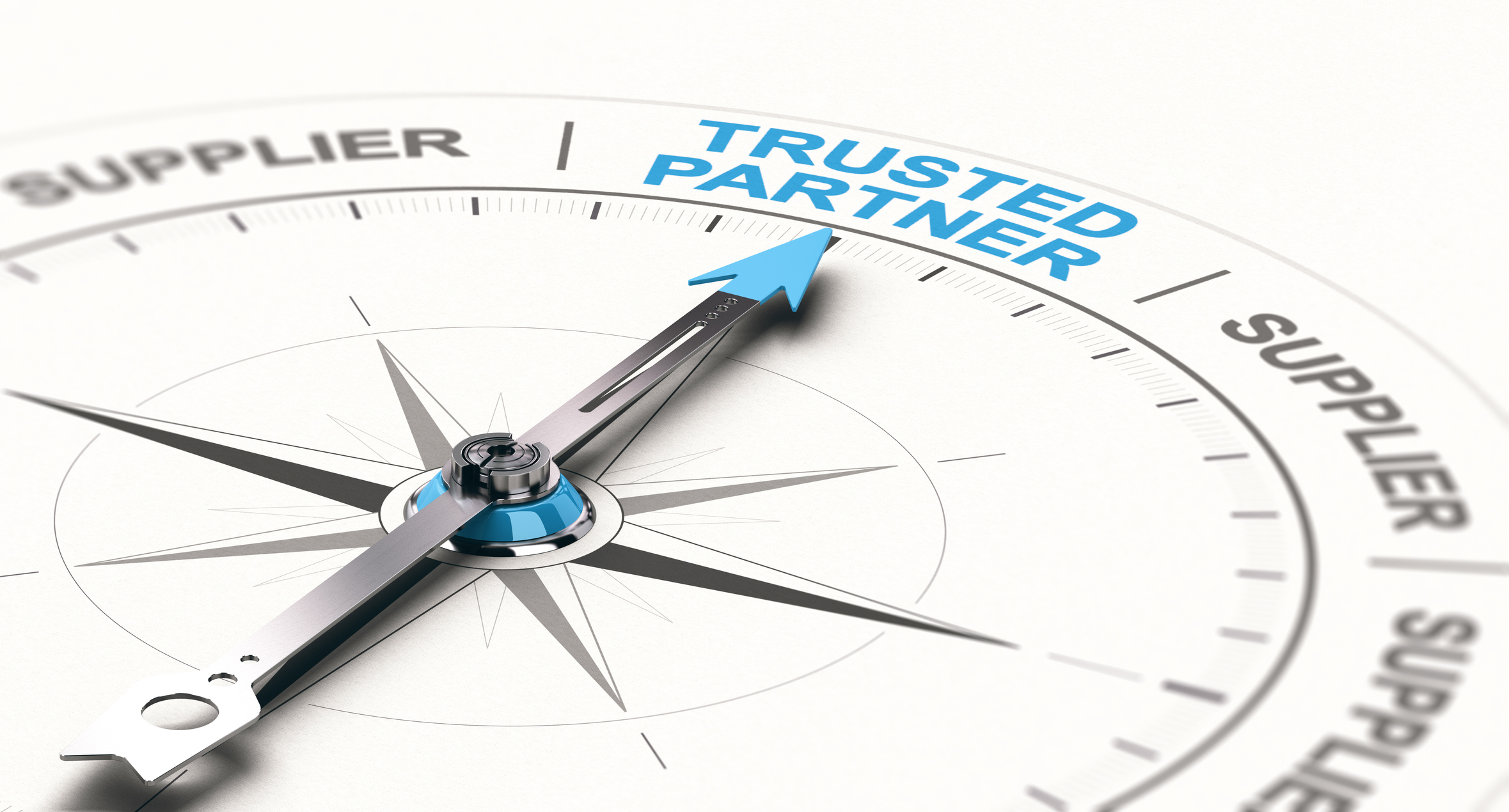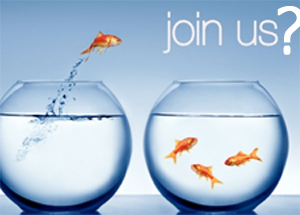What do the years 1990, 2001, 2007 and, 2019 all have in common? These years represent bad times in the American economy. Technical recessions in America. Times when we had to reinvent our sales game and adjust for the circumstance. So, why does the era of selling amidst COVID feel so different? Because unlike other times of economic turmoil, this is one of the first times in American history where the government got involved and shut down business. Then, you add into that social unrest, political turmoil and, you have a recipe for emotional ad sales disaster. Advertisers and people, in general, have lost patience for just about everything. It is a very different climate out there in media sales land. The adjustments we as media sales warriors need to make to survive will require us to rethink the typical relationship-based sale.
The question I’m often asked is, “Isn’t sales all about relationships?” Well, yes and no. Relationships, are they important? Yes, of course, they are. But what I’m noticing out there in media sales land is that if we wait for a relationship to form to sell people something, we’re going to be waiting a long time. We’re not going to meet our sales goals. In some cases, the nature of masks and social distancing makes it nearly impossible to form new advertiser relationships that are based on personal trust that is first born from a visual face-to-face sales appointment. Sure we can sell via Zoom, but we all know it is just not the same.
I’m not saying that relationships aren’t important, or that relationships with a client or a company don’t help dramatically. I’m just saying that you don’t have to have a relationship with somebody to sell them something.
We are living and selling in a whole new sales world. It’s become a lot more transactional out there. Maybe you’re thinking, “I don’t want to hear that. I hate transactional sales.” Well, I do too. I want to have relationships with my clients. I want to be in my clients’ weddings, go to ball games with them. It’s fun. Selling is fun. It’s just hard work. I say it all the time, if sales was easy, everybody would be doing it, and they’re not.
So what can we do to be strategic about our thinking on relationship selling and keep things moving forward amidst COIVD? Two things, move from selling to helping. And, get in sync with your client’s emotions.
1-Become a helper
Amidst COVID selling, I’m becoming a helper more than a salesperson, and that’s the way I want to be seen by my clients. Would you be surprised to know that now 50% of my sales touches with clients aren’t sales-related at all? Fifty percent!
I don’t confuse customer service with retention. Customer service is expected. If you don’t give excellent customer service you’re done. Because I’m going to out-sell you and I’ll have better customer service.
Retention, on the other hand, is all the things you do beyond the call of duty—and if you’re a helper, you’ll keep people around for a lifetime. To reiterate, 50% of my sales touches with clients aren’t sales-related.
So I might say things like, “Here’s an article I found that you might find interesting.” Or maybe it’s a white paper that I’ll share. Or “Here’s a video (make sure it’s appropriate) that will make you laugh if you need a laugh today.” My favorite is to send lunch to clients at their homes and host a lunch with them.
I’m a helper. Part of being helpful is being prepared before a sales call. To help reach prospects better, I’m doing way more research beforehand, so they know I’m not just some salesperson calling on them in a generic way. Here are some examples: “Hi, Bob. I saw on your website that you do _____. Got a quick second for an idea on that?” Or “Hi, Julie. I saw on your Facebook page that you guys are promoting _________ . I’ve got a way to help you promote that. May I share an idea with you?”
I want to be the most non-sales salesperson out there calling on them. You’ve heard me say it before that I’ve threatened to write a book called “Sell Less to Sell More,” because I believe that people don’t mind buying things, they just don’t like being sold. Change your mind set from what can I sell them today to how can I help them today. In advertising, the idea is to solve a problem not sell someone something.
2- Get in sync with your clients
I like to coach my sales clients that you need to sell the person not the product. In a post-COVID sales climate, this is critical. You have to understand that there are three kinds of buyers out there. There are ego-driven buyers. There are emotional buyers. And, there are logical buyers. Which group do you think is the biggest out there? We did research with over 600 ad reps and asked the salesperson which advertisers do they encounter most often. According to our salespeople out there, people like you, the answer was “emotional buyers over 60% of the time.” Yet what’s interesting to me is how many of us sell from a logical standpoint. Like “Here are our facts.” “Here’s our readership data.” “Here are some stats.” Yet the largest group of buyers out there are emotional buyers. We updated our data and the emotional mindset of advertisers grew from 63% in 2019 to 74% in 2020.
Remember, you will sell to others the way that you want to be sold. It’s in our DNA. It’s human nature. We think we should talk to people the way that we want to be talked to. But sometimes there’s a personality mismatch that’s going on and the sales rep does not adjust.
Consider this: If you’re a logical person you’re probably a logical seller. Based on our research, you’re probably talking to an emotional buyer. So you have to change the way you sell to match that person. How? Emotional buyers love to hear success stores. 65% of people will remember a story. Less than 35% remember stats. Logical buyers love data points.
But how do you figure out who the advertiser is before you meet with them? Look that person up on LinkedIn or, their various social media accounts. It’s so easy to spot them. When you look at my bio description, for example, it says, “I love my job. I love my clients!” Take me for an example… I’m an emotional buyer, therefore I’m an emotional seller. When you are looking it is easy to spot a person’s personality online. But, you have to look and just change the way to approach the sales call. You can also learn about a person’s personality when you are talking to them. Do they focus on stats, facts, and data? Well, then you have a logical advertiser on your hands. Sell them on the facts. When you tell a story about a happy advertiser do they respond with a lot of positive gestures? Then Mr. or Mrs. Emotional is in front of you. Keep those data points to a minimum. The real question is can you adjust your sales pitch on the fly to match that person’s personality?
Let’s say I’m looking at a LinkedIn profile now. His name is Scott, and his profile says, “I’m all-digital all the time.” And that tells me that most of the time he’s a logical buyer. So when I’m developing my pitch Scott, it’s all about the data.
Is relationship selling dead? The answer is no, it’s not dead. It’s just changed. If you’re going to breakthrough in this tough climate you’re going to have to be a helper, not a salesperson. Then, you’ve got to get in sync with your clients. That means, don’t necessarily sell the way that you want to be sold. Instead, sell the way that person wants to be sold. I tell people all the time, Sell the person, not the product.
Relationship selling. It’s not dead. It’s just changed. And if you don’t change, and if you don’t grow, you’re going to struggle in the post-COVID ad sales world out there. But, if you keep growing and keep evolving, you’ll continue to be successful in the media sales business.
Never forget, if ad sales was easy, everyone would be doing it. And, they are not. So, you have found a career that will feed your family for a lifetime.







